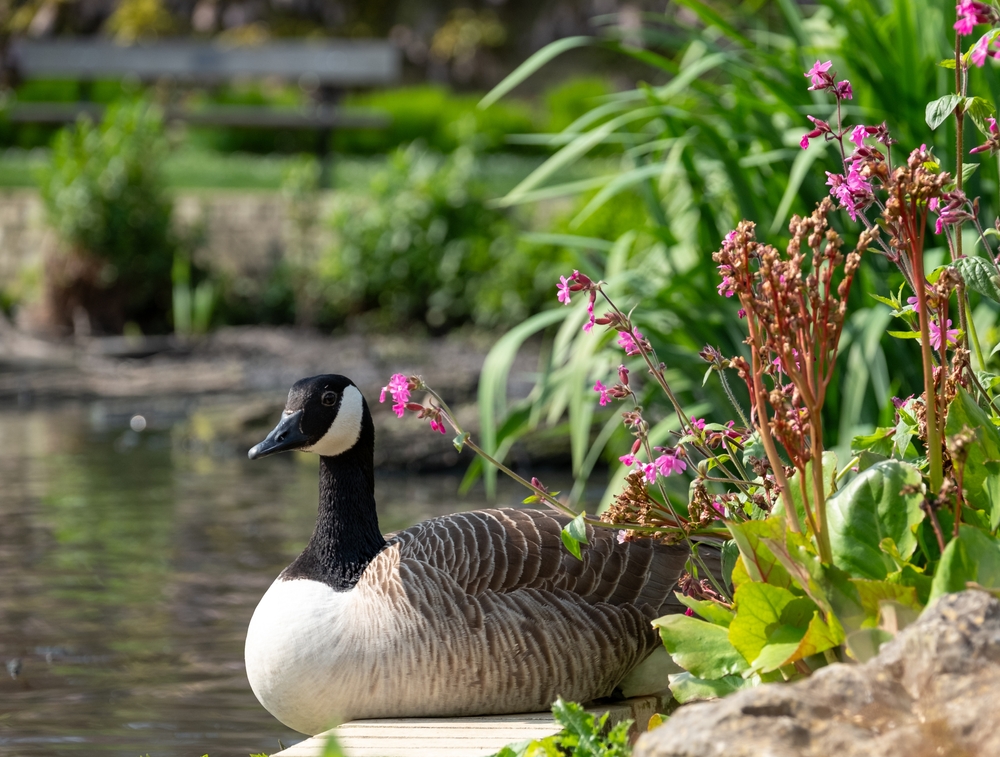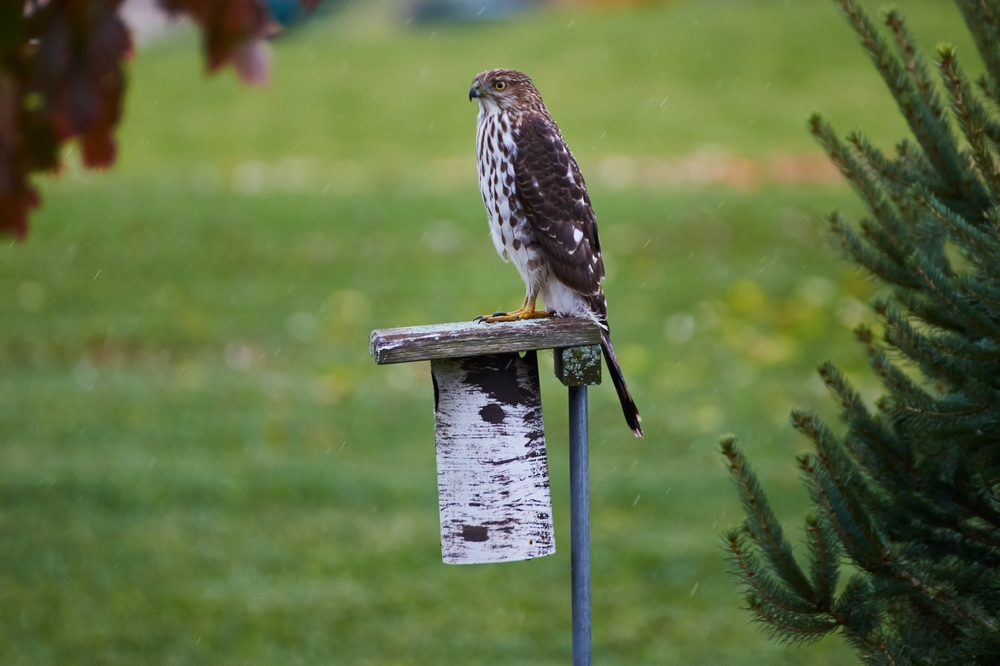Urban areas may not seem like natural habitats, but many wild animals are adapting to city life and thriving in these unique ecosystems. Wildlife species, from raccoons and foxes to hawks and even coyotes, are finding new ways to survive in urban landscapes. Understanding how these animals coexist with humans provides insight into wildlife’s adaptability and highlights the importance of urban conservation.

Urban wildlife often thrives due to the availability of food and shelter in cities. Raccoons, for example, have learned to forage in trash bins, while hawks find plenty of prey among city pigeons. Green spaces like parks and gardens offer a place for animals to nest and breed. Cities with rivers, ponds, and wooded areas attract a diverse array of species, creating miniature ecosystems within urban environments.
Living alongside wildlife requires us to adopt practices that protect both people and animals. Avoid feeding wild animals, secure trash cans, and respect nesting sites. Urban conservation projects, such as green roofs, pollinator gardens, and wildlife corridors, play a significant role in supporting these resilient species. By fostering cohabitation with urban wildlife, we’re encouraging biodiversity and making cities greener, more vibrant places to live.
Creating urban wildlife habitats, like pollinator gardens and green roofs, adds vital resources to the city landscape. Pollinator gardens planted with native flowers attract bees, butterflies, and other insects crucial for pollination, while green roofs provide nesting areas for birds and help manage stormwater. These initiatives turn underused city spaces into thriving habitats, contributing to biodiversity and offering urban residents a chance to experience wildlife up close.

Education is another powerful tool for promoting harmony with urban wildlife. Public awareness campaigns that teach city residents about local species and humane wildlife practices encourage positive interactions. For example, signs explaining the role of coyotes in controlling rodent populations can reduce fear and foster understanding. Engaging schools and communities in wildlife education helps build respect for animals that call the city home and instills a sense of stewardship.
Finally, observing urban wildlife can be a rewarding way to connect with nature in an otherwise busy environment. Birdwatching in parks, tracking fox or raccoon footprints, or simply watching a hawk circle overhead offers moments of calm and fascination. City dwellers can join wildlife groups or participate in citizen science projects to document local species. These activities deepen appreciation for the adaptability of wildlife, reminding us that nature is present in every corner—even in the heart of bustling cities.
